Meadow birds
Common Snipe
Bleating "flying goat"
In flight, the vibrating tail feathers of the Snipe produce a booming or “bleating” sound. This sound has earned it the name “flying goat”. On the ground, however, Snipes can rarely be seen because of their good camouflage. They are diurnal and nocturnal, with a peak of activity during twilight.
When foraging, they probe the upper soil layers with their long and sensitive beak for small animals, such as earthworms, snails and insect larvae. During the breeding season, the pairs defend their territories against intruders. Outside of the breeding season, Snipes tend to be solitary, but also occur in groups in wet meadows and on the muddy banks of ditches and tideways.
Profile
| Scientific name | Gallinago gallinago |
| Call | Twee-ke … twee-ke |
| Food | Small invertebrates |
| In breeding grounds | March to July |
| Clutch size | 2–5, usually 4 |
| Broods per year | 1–2 |
| Population trend in Europe | Declining |
Pictures
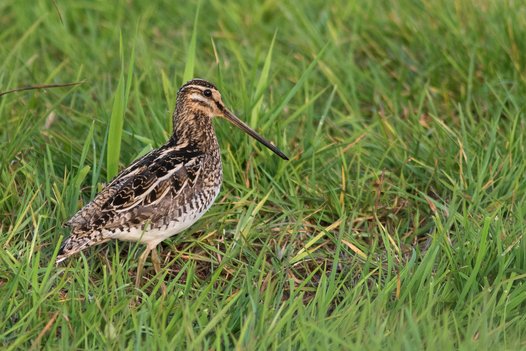
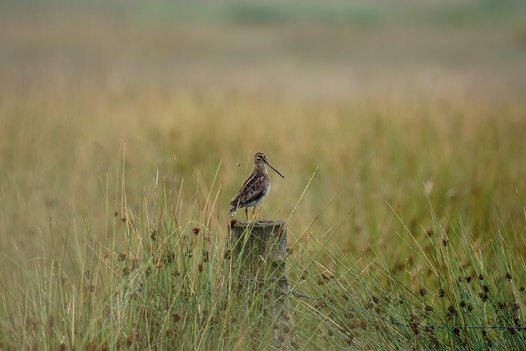
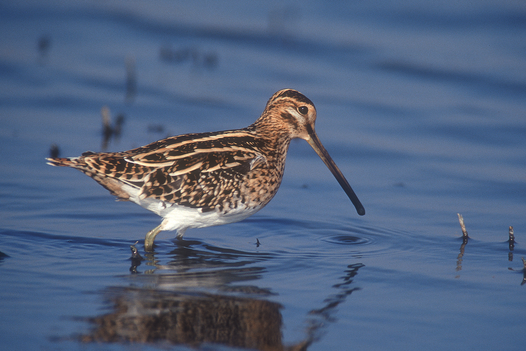
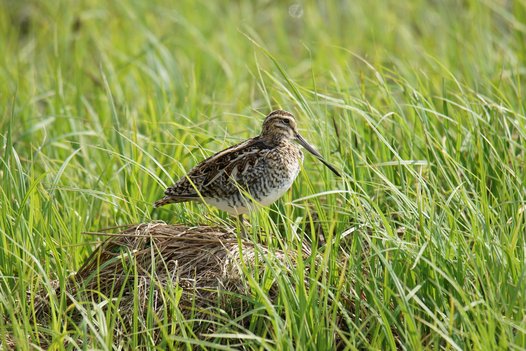
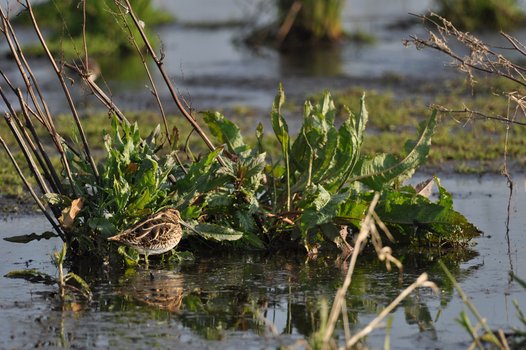
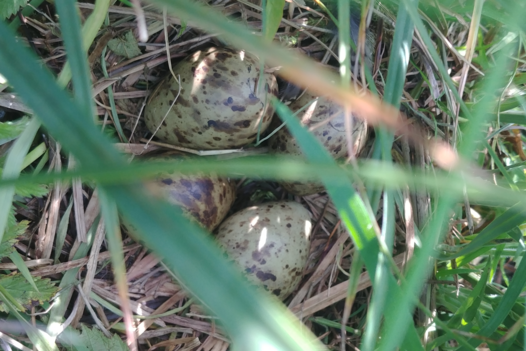
More information
Find out more about the Common Snipe.